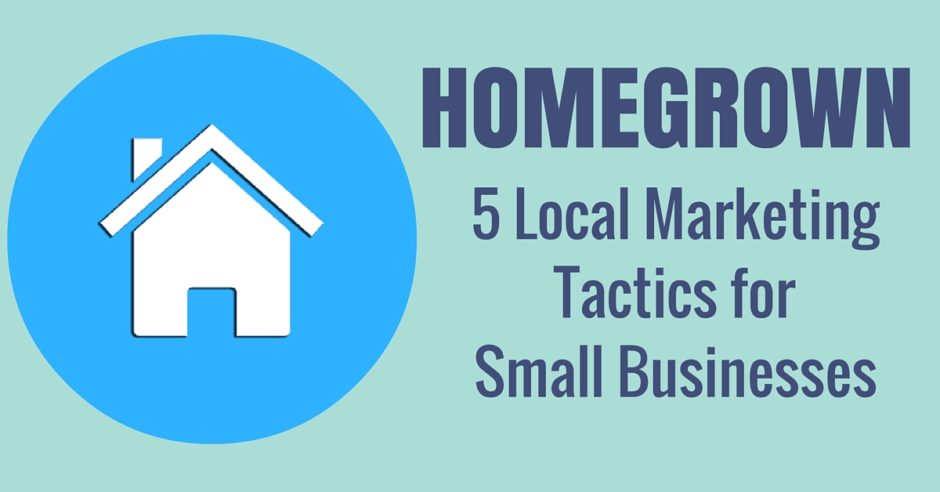For many small business owners, home is not just “where the heart is.” It’s where the money is, too.
Thanks to a trifecta of trends, local marketing strategies offer today’s entrepreneur more opportunities than ever. More consumers are mobile, more brands are re-focusing on relationship marketing and more location-based technology is making it easier to connect the two.
If you are looking to draw in more customers and establish loyalty for generations to come, your local marketing efforts must be prioritized.
It’s easy to get overwhelmed, though, by the various tactics the digital landscape offers. Get started with the following tips.
1. Monitor review and news sites.
With 88% of consumers trusting online reviews as much as personal recommendations, monitoring what’s being said about you on review sites and in local media is very important.
In addition to building relationships with local news outlets, read and respond (when appropriate and in a professional manner) to reviews on Yelp, TripAdvisor, Amazon and other sites that are relevant to your industry.
While organically earned media and third-party reviews are best, you’ll find that some businesses encourage reviews via in-store signage, their website, and social media channels. Every review site offers different guidelines on this practice. Research each site to learn about their stance on review requests and best practices for managing your business profile.
As you earn media coverage and customer reviews, consider linking to these mentions and review profiles from your own website. Reviews are often a key factor in a customer’s purchase decision and an easy way to build an online record of the consistent good service or products your business provides.
2. Build and maintain a referral program.
Tap into the power of customer referrals by establishing a referral program for your business. Referral programs, like most incentives, provide customers with discounts to bring more business in the door.
Because your customers know their social circle very well, this word-of-mouth marketing tactic is an excellent way to target new audiences.
To set up your program for success, ensure that your customers are aware of its existence. Make the program easy to locate/navigate to from the home page on your website. If a customer makes a purchase, consider presenting the program after the sale to incentivize future purchases.
Developing a referral program does take time and research – provide proper motivation by making sure the rewards you give match what your customers want.
3. Optimize your local search listings.
Time is of the essence for today’s shoppers, and local search directories make it easier to research businesses on the go.
Check your business’s local search results to make sure the information is complete and up-to-date. You can also register your business with local search directories like Google My Business, Bing Places for Business and Yahoo’s Aabaco Small Business Localworks.
Provide information that will help customers connect with you, including your physical and web addresses, phone number, business email address, and photos. Optimizing your overall web presence is also important. Check out our recent blog post, SEO and Discoverability: Similar, But Not the Same for more content discoverability tips.
4. Host a contest.
Local contests and sweepstakes have long been used to grow businesses’ fan base and encourage audience engagement. However, they now can help you learn a bit more about current and prospective customers – including what marketing channels brought them to your content and what products they previously purchased/are interested in.
Set your contest up for success by having clearly-defined goals, guidelines and methods for measuring/announcing the results. And if you use a service or social platform to help host and promote the contest, be sure to understand all terms of service before proceeding.
5. Cross promote with other local businesses.
When planning your marketing, don’t overlook your relationships with other businesses in your community. Combining your efforts with another local business is a budget-friendly way to reach more customers.
For instance, consider offering a special promotion for customers who frequent a different (non-competitor) business. If your business is located next to a sandwich shop, offer a 10% discount to the sandwich shop while they offer their customers a similar discount for your store. Because many store locations are in close proximity, it can be a win-win for both retailers.
Getting the word out about your brand is key to gaining a strong foothold in your community and growing your customer base. It takes planning to identify who your audience is, where you can best reach them, and what sort of messaging they’re looking for.
Source: http://www.prnewswire.com/blog/local-marketing-tactics-for-small-businesses-18595.html




